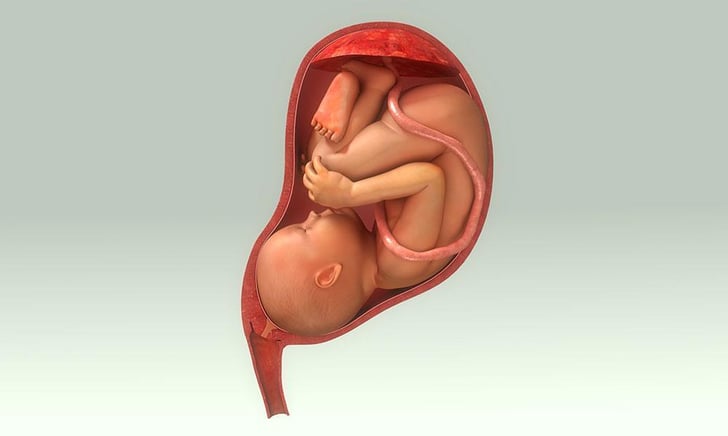Pregnancy Outcomes And Cervical Cerclage Placement
Cervical Cerclage Petrikovsky, M.D., PhD*, M. Terrani, M.D.**, F. Gonzales, M.D.**, A. Dillon, RDMS** Fetal Research Fund*, Ocean Perinanology**, Wyckoff Heights Medical Center*

Introduction:
The efficacy of cerclage to treat cervical incompetence had been a subject of controversy. The majority of studies fail to address the importance of the location of cerclage placement for pregnancy outcomes. The goal of the study is to report clinical outcomes of cervical cerclages in patients with various locations of the stitch placement.
Materials and methods:
Sixty-seven consecutive images of the cervix performed within two weeks of cerclage placements were extracted from sonographic database collected between January 2012 and October 2015. McDonald technique of cervical cerclage was used in all cases. The location of cerclage was divided into three categories: within the vicinity of the internal os (group I), in the middle portion of the cervix (group II), and in the vicinity of the external os or lower third of the cervix (group III). Gestational age at delivery was analyzed in all three groups. The cerclage placement site was identified by echogenic appearances of the stitch on sagittal and transverse images of the cervix. Statistical evaluation was made using SPSS for Windows V 15.0 (SPSS Inc., USA). Data were shown as frequency (percentage) or mean ± standard deviation.
Results:
In 26 patients the cerclage stitch was identified in the close vicinity of the internal os in the upper third of the cervix. These cerclages were placed between 11 and 13 weeks in 21 patients, between 14 and 16 in the remaining five.
In 29 patients, cervical cerclage was detected in the middle portion of the cervix. In 23 of those cerclages were placed between 10 and 13 weeks, and between 14 and 17 in the remaining six. One patient had preterm premature rupture of membranes followed by cerclage removal and delivery at 27 weeks of pregnancy. The third group consisted of 12 patients in whom cervical cerclages were detected in the lower third of the cervix in the vicinity of external os. Date on the timing of delivery in all studied groups is reflected in table 1.
Table 1
Timing of delivery *(mean ± SD) in patients with cerclage placed in different parts of the cervix.
| Group I | 36 ± 4.2 | NS |
| Group II | 35 ± 3.8 | NS |
| Group III | 28 ± 4.8 | P < 0.05 |
*Patients who miscarried prior to 24 weeks of gestation were excluded.
Conclusions:
It appears that location of the cerclage placement plays an important role in prolongation of pregnancies and should be taken into consideration in future studies.































